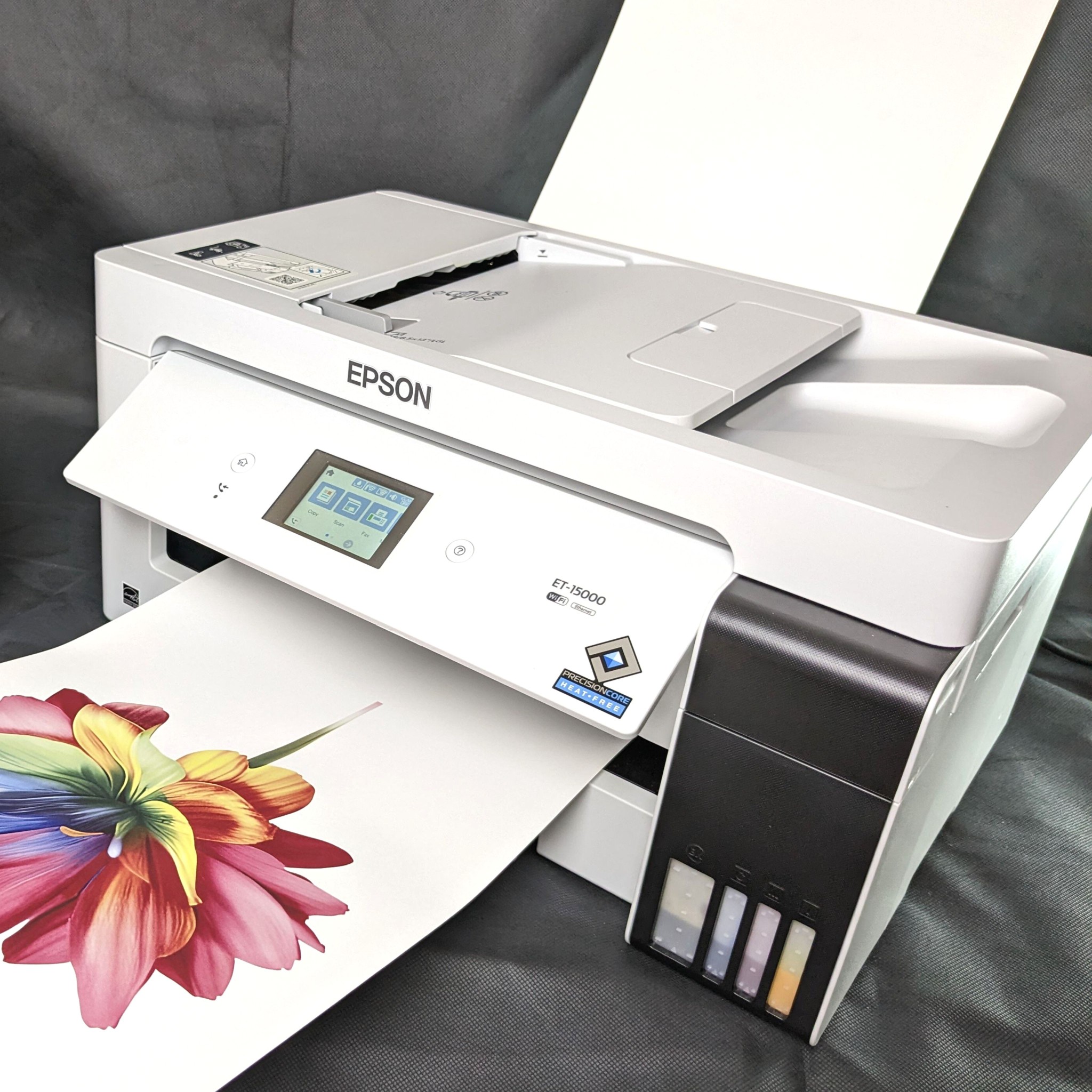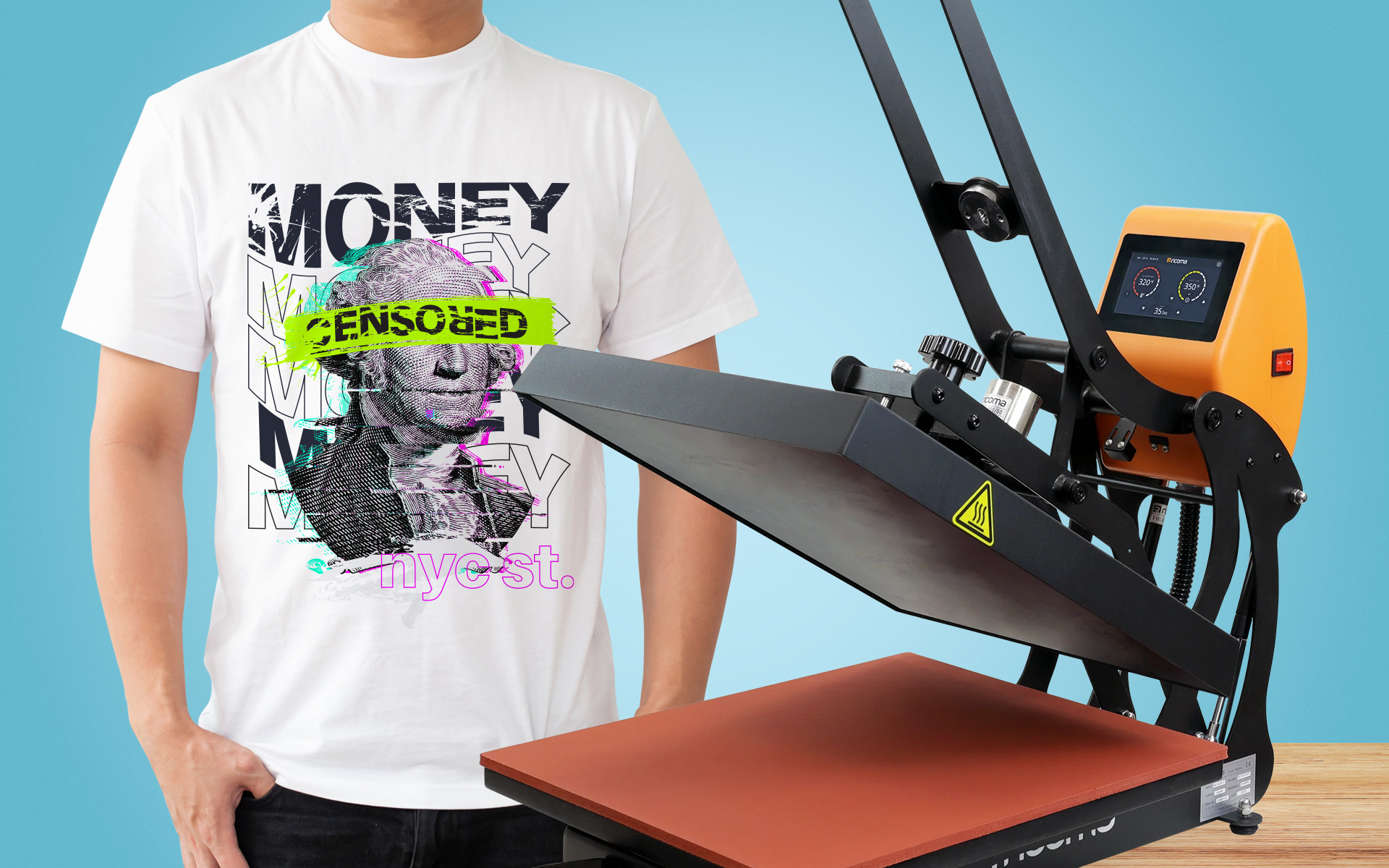Check Out the very best Branded Clothing for each Occasion and Style
Check Out the very best Branded Clothing for each Occasion and Style
Blog Article
A Comprehensive Guide to the Various Kinds of Fabric Printing Techniques
Embarking on an expedition of fabric printing strategies exposes a fascinating crossway of practice and technology. Each approach, from the thorough workmanship of block printing to the quick performance of screen printing, offers special functions and supplies distinct benefits. Digital printing's flexibility and ecological consciousness stand in stark comparison to the swift modification of warmth transfer printing. Color sublimation printing captivates with its capability to produce vibrant, long-lasting layouts on artificial textiles. To really understand the subtleties and prospective applications of these diverse methods, a deeper investigation is essential.
Block Printing
Block Printing, one of the earliest techniques of textile design, has an abundant background that dates back to old human beings. The process includes sculpting complex designs right into wood blocks, which are after that dipped in color and pressed onto fabric to create patterns.
The precision and workmanship entailed in block printing make it a labor-intensive procedure, yet it also enables a high level of modification. Craftsmens can develop one-of-a-kind patterns by integrating various blocks or differing the application of dye. This flexibility has actually added to the enduring appeal of block printing in both typical and modern fabric layout.
Block printing is particularly valued for its aesthetic qualities, consisting of the mild variations in pattern and color that arise from the hand-printing process. These imperfections offer an one-of-a-kind character per item, differentiating it from mass-produced materials. Despite advances in modern printing innovations, obstruct printing remains a valued method, celebrated for its historical significance and artistic value.
Display Printing
Display printing, one more famous fabric design technique, has transformed the market with its efficiency and flexibility. This approach entails producing a stencil, called a display, and using it to apply layers of ink on the printing surface area. Each color in the layout requires a different screen, which enables dynamic and detailed multi-colored prints.

Among the crucial advantages of display printing is its flexibility to various sorts of textiles, including cotton, polyester, and blends. This strategy is especially ideal for large-volume orders as a result of its cost-effectiveness and speed. The longevity of the prints is one more substantial advantage, as the ink bonds well with the textile, making certain durable styles that stand up to numerous laundries.
When dried, the design is moved onto the emulsion-coated display making use of a UV light source. Ink is then pushed via the pattern onto the material utilizing a squeegee.
Screen printing is commonly made use of in the apparel industry, promotional items, and customized apparel. Its capacity for high-quality, thorough prints protects its standing as a foundation method in textile printing.
Digital Printing
Digital printing has quickly become an advanced method in the fabric market, leveraging innovative technology to create high-resolution designs straight onto material. Unlike traditional methods, digital printing uses inkjet printers to deposit pigment or dye-based inks onto textiles, making it possible for vivid and intricate patterns with an amazing level of information and color precision.
One of the main benefits of electronic printing is its adaptability. This technique allows for on-demand printing, which dramatically lowers waste and reduces inventory prices.
Furthermore, digital printing is eco-friendly. heat transfer vinyl printing. It utilizes water-based inks and requires less water and power contrasted to traditional strategies, aligning with sustainable methods. The precision of digital printing likewise allows making use of a broader series of materials, consisting of cotton, silk, polyester, and blends, making sure adaptability across different applications
Heat Transfer Printing
Just how does warmth transfer printing transform fabric style? This technique has actually brought significant innovations by permitting dynamic and intricate styles to be moved onto a range of fabrics with impressive accuracy. Warm transfer printing entails using heat and pressure to transfer a design from a specially developed paper onto textile. This process starts with printing the desired image onto transfer paper making use of specialized inks. When the picture is printed, the paper is placed onto the fabric and based on a warm press, which transfers the ink from the paper to the textile.
One of the main advantages of heat transfer printing is its ability to produce premium, Website thorough images promptly and successfully. It is specifically well-suited for tiny manufacturing runs and customized orders, making it a popular selection for individualized garments and marketing products. In addition, this method is versatile, suiting numerous sorts of fabrics including cotton, polyester, and blends.
In addition, warm transfer printing is reasonably cost-effective contrasted to various other methods, as it requires minimal setup and lower initial financial investment - screen printing. This price, paired with its capacity for generating vivid, long lasting prints, underscores its pivotal duty in modern-day textile design

Dye Sublimation Printing
Dye sublimation printing, an innovative material printing strategy, offers unrivaled vibrancy and durability for layouts on numerous synthetic materials. This technique entails transforming strong color into a gas without passing via a fluid state, permitting the color additional resources to penetrate the fabric flawlessly. The procedure starts with publishing the style onto an unique transfer paper making use of sublimation inks. The published transfer paper is then put on the fabric, and both are subjected to high warmth and stress utilizing a warmth press. The heat creates the dye to sublimate and bond with the material fibers, creating a permanent, high-resolution print that resists fading and fracturing.
One of the vital benefits of dye sublimation printing is its ability to create continuous-tone prints with vibrant colors and intricate information. Unlike various other printing techniques, the dye becomes part of the material rather than sitting on top of it, resulting in a breathable and soft coating.
Conclusion
In recap, cloth printing methods each offer one-of-a-kind benefits tailored to different requirements and applications. Block printing is revered for its artisanal high quality, while screen printing is useful for high-volume production. Digital printing gives flexibility and environmental advantages, whereas warmth transfer printing is perfect for rapid modification. Color sublimation printing generates brilliant, sturdy layouts on artificial textiles. The variety and development within these methods highlight the dynamic and developing nature of the fabric printing market.
Each approach, from the meticulous craftsmanship of block printing to the fast performance of screen printing, serves special objectives and provides distinct benefits. Digital printing's versatility and ecological consciousness stand in raw comparison Continued to the quick customization of warm transfer printing. In spite of breakthroughs in modern printing technologies, block printing stays a cherished strategy, celebrated for its historical relevance and creative value.
Dye sublimation printing, a sophisticated material printing method, uses unequaled vibrancy and long life for layouts on different artificial materials. Digital printing gives convenience and ecological advantages, whereas warmth transfer printing is suitable for fast customization.
Report this page